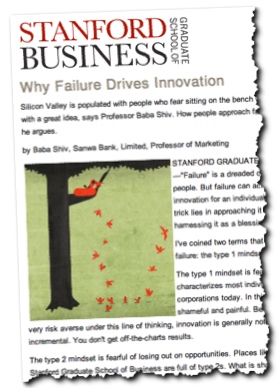Last Friday NextGen Journal published Cathryn Sloane’s Why Every Social Media Manager Should be Under 25. Her main point was:
We spent our adolescence growing up with social media. … we learned to use social media socially before professionally, rather than vice versa or simultaneously. To many people in the generations above us, Facebook and Twitter are just the latest ways of getting messages out there to the public, that also happen to be the best.

That generated thousands of Facebook shares, hundreds of Tweets and hundreds of angry comments. NextGen founder Conner Toohill responded Saturday, and 47-year-old guest author Mark Story posted a rebuttal on Sunday.
It reminds me of something I saw three months ago. It was a job listing for a programming job that — the listing, in print — specified that applicants should be no older than 30. I found that shockingly stupid because it’s first of all illegal (age discrimination) and secondly, well, stupid. Discrimination is stupid.
However, there is a huge difference between explicit discrimination is a job listing and Cathryn Sloane’s published opinion. She’s not hiring. She’s just making a point. And she’s arguing for the underdog in the situation too. So if she had just toned it down a bit, perhaps suggesting that younger people shouldn’t be ruled out for their youth, or that age and experience are different qualifiers in the context of social media, I might actually agree with her.
What I believe, firmly, is that the 25-year-old should not be excluded from leadership because she isn’t old enough. And, furthermore, that the 40-year-old shouldn’t be excluded because she’s too old. Do you agree? With both statements?
I really like three points that Connor Toohill makes in his A Response to Cathryn Sloane’s Article on Saturday.
First, he’s not apologizing for publishing Cathryn’s post. And he shouldn’t:
In a time when 1 in 2 recent college graduates are unemployed or underemployed, those sentiments are understandable. You may disagree — some members of our Editorial staff happen to disagree. But we don’t consider it a mistake to showcase Cathryn’s honest opinion, informed by her own experience as a recent graduate and shared by many other young Americans. We consider it as part of our mission.
Second, he objects to the nastiness in some of the responses:
Secondly, for those who disagree with Cathryn’s premise: we respect your opinions. Critics have already penned a number of compelling responses, and the comment section contains dozens of interesting rebuttals. What’s unfortunate, though, is the amount of vitriol and hate contained as well. We’re referring to personal insults, direct badgering of Cathryn via her social media accounts, and allegations that this one opinion will preclude her from full employment. As one social media professional Tweeted yesterday, ‘I agree with some criticisms of Cathryn Sloane’s @nextgenjournal article, but it’s starting to look like adults cyber-bullying a kid.’ Criticism and disagreement are absolutely legitimate and encouraged, but savage attacks are out of line.
Third, he objects to the idea that opinions gain importance with age:
One final point to address: many comments, Tweets and criticisms seemed to convey the idea that a given person’s opinions are worthless absent years of direct work experience. They referred to not just Cathryn, but our entire generation as arrogant, entitled, naïve and ignorant. They reflected back on their own days of ‘thinking they knew everything,’ and proclaimed that maybe, one day, Cathryn and other young people will finally see the light. … The implicit premise of those criticisms is ageist in its own way: they condemn the opinions and ideas of all young people as ‘not worth listening to.’ In the process, they utterly and completely ignore the many advantages that young people bring into any given situation: an energy and idealism, a sense of innovation and willingness to try new things, and a broader focus, among others.”
Mark Story in his rebuttal, makes another valid point. Addressing Cathryn, he writes:
You confused familiarity with using social media tools like Facebook and Twitter with the ability to turn that into offering actionable, solid communications advice for internal or external clients. There is a BIG difference between posting Facebook Timeline updates and telling General Motors what to do with their own social media presence in the midst of a crisis.
Hmmm … I’m sticking with what I posted here six months ago in age vs. experience not always obvious.
At least with my generation, the baby boomers, we were all just one big vague hippy-long-hair-freedom stereotype and we didn’t mind it. But with Gen Y, all this stuff about entitlement and selfishness, jeez, what a drag. … She’s 25 now, classic Gen Y, and might seem impatient with managers who don’t understand Facebook and Twitter. She’s been working with Facebook from the very beginning, and adapted Twitter in 2007. She’s taken social media as instinct, commonplace, something obvious. But the world around her thinks she’s demanding too much too soon. Does that make sense?
Young people, Gen Y, and, for that matter, you 40-somethings too: Go for it. Fight the stereotypes. Demand change. Full speed ahead.











You must be logged in to post a comment.